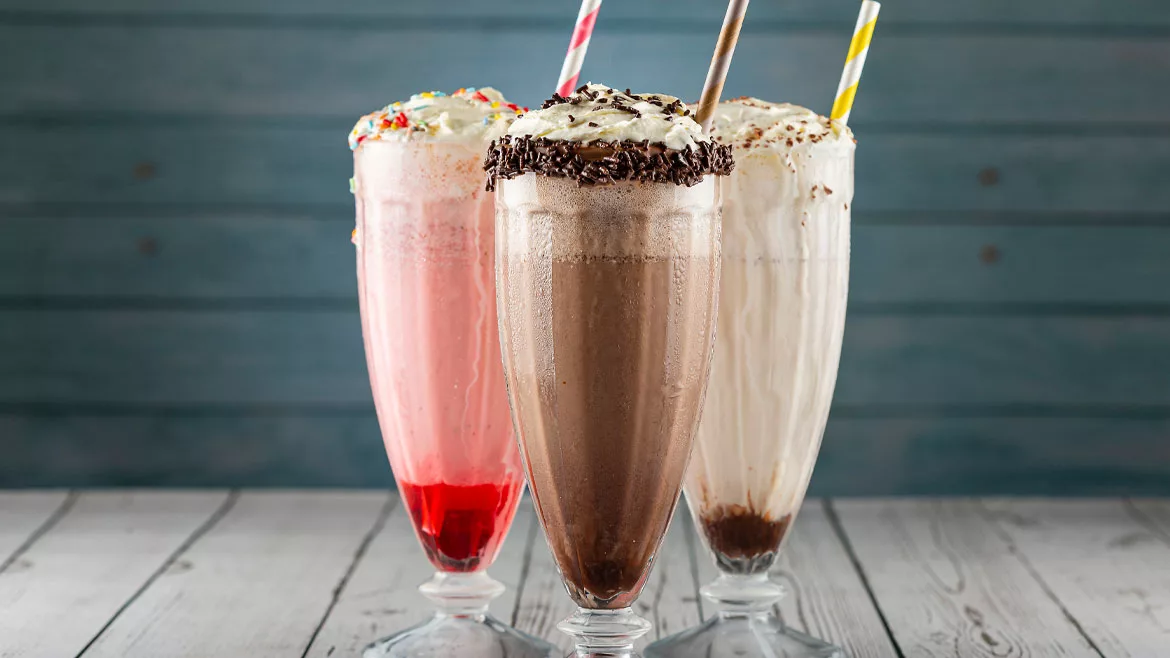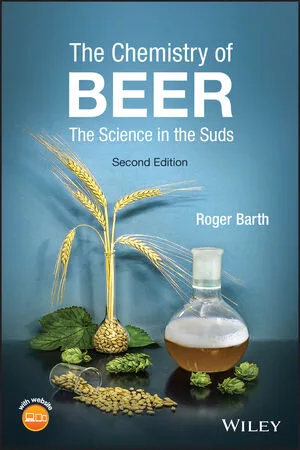New Nestle facility creates greater opportunities

One of the driving principles directed by Brad Alford, chairman and chief executive officer of Nestlé USA, Glendale, Calif., is the availability of Nestlé products wherever and whenever consumers desire them.
This summer, select campgrounds across the country are stocking Nestlé’s ready-to-drink (RTD) Nesquik flavored milk, Juicy Juice beverages and liquid Coffee-mate non-dairy coffee creamer. RTD Nesquik and Juicy Juice varieties also are being offered at the concession stands at certain minor league baseball parks. Throughout the United States, customers at Wendy’s restaurants can purchase 8-ounce fortified white milk and chocolate Nesquik milk to accompany their meals.
The wider availability of its beverages has been spurred by the company’s $670 million plant in Anderson, Ind. The production facility and warehouse opened in 2009 and is dedicated to the aseptic production of RTD Nesquik varieties and Coffee-mate liquid products in PET bottles. Nestlé’s Anderson plant is the first in the United States to receive approval from the U.S. Food and Drug Administration for PET aseptic production, the company says.
Shelf-stable Nesquik and Coffee-mate can be distributed and stored without refrigeration, which created new opportunities for Nestlé beverages’ route-to-market. In response, Nestlé reshaped its chilled beverage sales force to focus on direct-store-distribution (DSD) accounts. The expanded sales force has taken the lead and broadened distribution into new accounts, says Joe Melone, sales director for Nestlé’s DSD beverage sales force.
“It all goes back to having our products available wherever and whenever the consumer desires them,” Melone says. “We really just scratched the surface, and we’ve had a lot of successes, but I think there’s so many more venues out there that we haven’t got to.”
In addition, the new DSD partnerships have led to new innovations, not just for the brands produced in Anderson, but across Nestlé’s entire beverage portfolio, the company says. Nestlé has seen increasing popularity for its 8-ounce bottles of Nesquik flavored milk and 100 Calorie Nesquik flavored milk, which also is packaged in 8-ounce bottles. In June, the company introduced Juicy Juice Sparkling in Apple, Berry and Orange varieties.
Flexible, sustainable production
Nestlé leveraged its global expertise when designing the Anderson plant, which is the newest Nestlé production facility in the United States. The company’s expertise included incorporating elements of sustainability into the plant’s design. The plant, which is located on 190 acres, received Leadership in Energy and Environmental Design (LEED) certification. Its green elements include a wastewater recovery system for reuse in cooling towers, low-emission natural gas boilers and skylights for natural light in the production area.
Sustainability also was considered when Nestlé selected Anderson, which is located 20 minutes north of Indianapolis. Indiana was chosen for its central location and proximity to major highways, says Pamela Krebs, manager of division and brand affairs for the beverage division of Nestlé USA.
In March 2009, the Anderson plant celebrated the grand opening of 880,000 square feet of production and distribution space. The plant has the space for raw material receiving and storage, PET bottle production, mixing and aseptic bottling of Coffee-mate liquid non-dairy creamers and RTD Nesquik flavored milk, and warehousing of the finished products.
The company is finalizing a 220,000-square-foot expansion to accommodate one new production line and provide additional space for raw material storage. The expansion will increase capacity by 18 percent and is slated to begin production early next year, says Michael Strong, site manager for the Anderson Nestlé plant.
In addition, Nestlé also plans to build a new employee break room area and expand the parking lot to fit a growing number of employees. Nestlé initially projected the Anderson facility would employ 300 to 350 people; it currently employs more than 550 people.
The plant maintains a 24-hour, seven day a week production schedule to keep up with national demand for its products. Production is determined through weekly schedules based on sales forecasts and supply chain data, Strong says. The facility’s four bottling lines can run a range of package sizes from 8-ounce Nesquik to 32-ounce Coffee-mate.
The Anderson plant also manufactures its own pre-forms and blowmolds from raw PET resin, which is received by rail. Manufacturing its own bottles gives the company added flexibility in its production schedules and is more environmentally friendly because it saves on shipping costs for pre-forms and bottles, the company says.
Sugar is received by rail and stored in silos, Strong says. The plant also has indoor loading docks to receive dry and liquid ingredients.
Production begins with ingredient processing in which the dry ingredients are blended together in individual batches. Once the ingredients are blended, the liquid is sterilized through highly automated ultra-high temperature processing, Strong says. The sterilization creates an aseptic product, which is held under sterile conditions until it’s bottled.
“Our aseptic filling operation really is the point of differentiation when you look at us and a normal beverage facility,” Strong says. “It’s really that filling operation combined with our processing that gives us the aseptic product, which you see really transforming the industry.”
After filling, the products flow onto the bottling lines where shrink sleeves are applied and the products are packed into cases. The cases are palletized and transferred to the adjacent warehouse, which runs on an automatic storage and retrieval system (AS/RS). Pallets are stored in the warehouse until they are picked by the AS/RS for manual loading onto a truck. The ambient products do not require refrigeration in the warehouse.
The shelf-stable nature of the products also saves on refrigeration in distribution by not requiring refrigerated trucks and for the customers, who do not need to chill the product until it’s on the shelf, the company says. In addition, the aseptic nature of the products gives the company production flexibility because the products can be produced in advance, stored and maintain a long shelf life for customers.
Aseptic advantages
The plant’s aseptic production has transformed its beverage business, Nestlé says. Aseptic filling retains more nutrients, uses less sugar and is more energy efficient, the company says. The shelf-stable products also have created new opportunities for distribution, Melone says.
“Prior to Anderson and having shelf-stable capability, we were pretty much confined to a refrigerated distribution channel from manufacturing to getting product on the shelf,” Melone says. “Now with shelf-stable products that opens the door considerably to a whole new go-to-market strategy with a whole new set of distributors.”
The Anderson plant produces only Nesquik and Coffee-mate, but the DSD beverage sales force handles Nestlé’s entire beverage portfolio, including Juicy Juice. In 2007, the sales force transformed from a 20 person staff focused on chilled beverages to an expanded nationwide network of DSD beverage salespeople.
The expansion of the sales force has helped Nestlé’s recent beverage launches, including a 10-ounce Juicy Juice PET bottle and Juicy Juice Sparkling. The juice products as well as Nesquik and Coffee-mate have become popular options for foodservice, education, hospitality and hospital accounts, Melone says.
Within convenience and drug store accounts, its DSD partnerships increased placement of point-of-sale items, Melone says. A marked improvement in the placement of static clings, pricing stickers and additional point-of-sale items has been seen in retail accounts, he says. The new route-to-market also opens more opportunities for sampling and interaction with local accounts, including in-market appearances by the Nesquik bunny.
The partnerships also have yielded product expansion in existing outlets, Melone says.
“Our DSD distributors and partners control a lot of the shelf space not only in the dairy door, but in the tea door and the water door, and everywhere else, so they look at the whole beverage set, rather than just the dairy set,” he says. “We also have the opportunity for secondary placements, too, both with Nesquik, with the Juicy Juice brands, and so on. They’ve done a really nice job with secondary placements on kid’s shelves.”
The DSD sales force also strives to honor the investment Nestlé has made in the Anderson plant, Melone says.
“One thing I notice is a spirit among the whole sales force and is a great sense of responsibility to all the investment Nestlé has made,” he says. “The sales team is very committed, whether it’s in the Central division, East Coast or the West Coast, they are all so committed to making sure the beverage division and this investment is a great success, and we’re heading down that road.”
The benefits of shelf-stable products also are fueling the growth of the Anderson plant, the company says. Nestlé has been able to secure placement on kid’s menus in many foodservice accounts across the country, distribution at Disneyland theme park as well as colleges and universities, which has increased the production demand, Krebs says.
“In a very positive way, it’s a never-ending cycle – you make a product that’s more versatile, you’ll have more customers,” she says. “You make more customers, you need more product, and so on.”
Flexibility of Anderson’s lines allows for the opportunity for production of new products in the future, she says. Products in Nestlé’s pipeline also will take advantage of the DSD beverage sales force and expanded distribution network, Krebs says.
“As [new beverage] products are launched and introduced, this will be a great way to really get the expansion out there and increase the availability so as consumers are able to enjoy them, they are able to find them wherever they are looking for them,” she says. BI
Looking for a reprint of this article?
From high-res PDFs to custom plaques, order your copy today!



